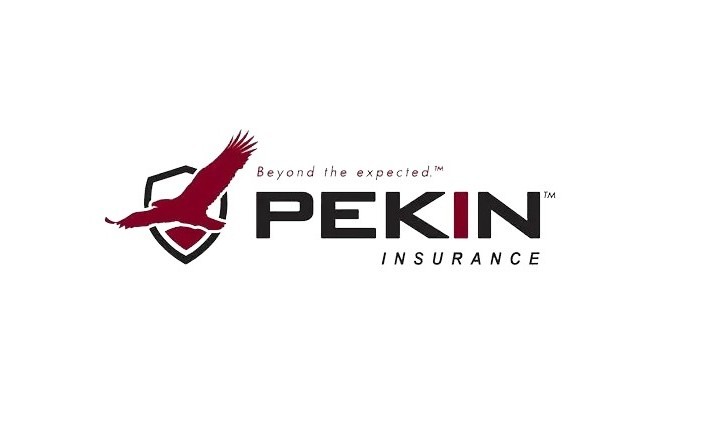Global data & risk analytics provider modernizes & migrates mainframe application to AWS
What we achieved together
0
Migrated off of mainframe to cloud
0
Programs with Db2 and MQ converted
The Client
The client is a global data and risk analytics provider to the insurance, energy, specialized markets and financial services industries.
The Obstacles Faced
The client used a mainframe platform to manage its critical, revenue-generating and back-office applications. The company wanted to migrate these workloads off the mainframe to address the business risk of reduced skills to support legacy technologies; reduce costs; and convert code to modern languages that could be maintained and evolved into the future.
The Journey
We created a rapid proof of concept to migrate the client’s legacy applications off the mainframe. The concept delivered high quality code to its Java and C# developers and enabled application maintainability on AWS.
The process leveraged ExperThink™* toolchain to automate the migration of COBOL, Db2 and Model 204 to Java, C# and Postgres, producing a high quality, maintainable application solution. Working closely with the client, we moved business critical applications to AWS, including the client’s largest mainframe CPU consuming application. Overall, more than 3,000 COBOL programs with Db2 and MQ were converted and 700 Model 204 artifacts converted, leaving the client in a very good position to maintain applications into the future.

*ExperThink™ is a proprietary migration tool developed by ExperSolve, an Ensono company.
Don’t miss the latest from Ensono
Get more client success stories like this

Case Study
Rethinking the Mainframe: How Pekin Insurance Saved Millions
Discover how Pekin Insurance partnered with Ensono to modernize its legacy mainframe, saving millions while reducing technical debt.

Case Study
North Carolina Modernizes IBM i for 115 School Districts
Discover how Ensono helped North Carolina migrate 140 LPARs and modernize IBMi systems for 115+ school districts—enabling flexibility, savings, and scale.